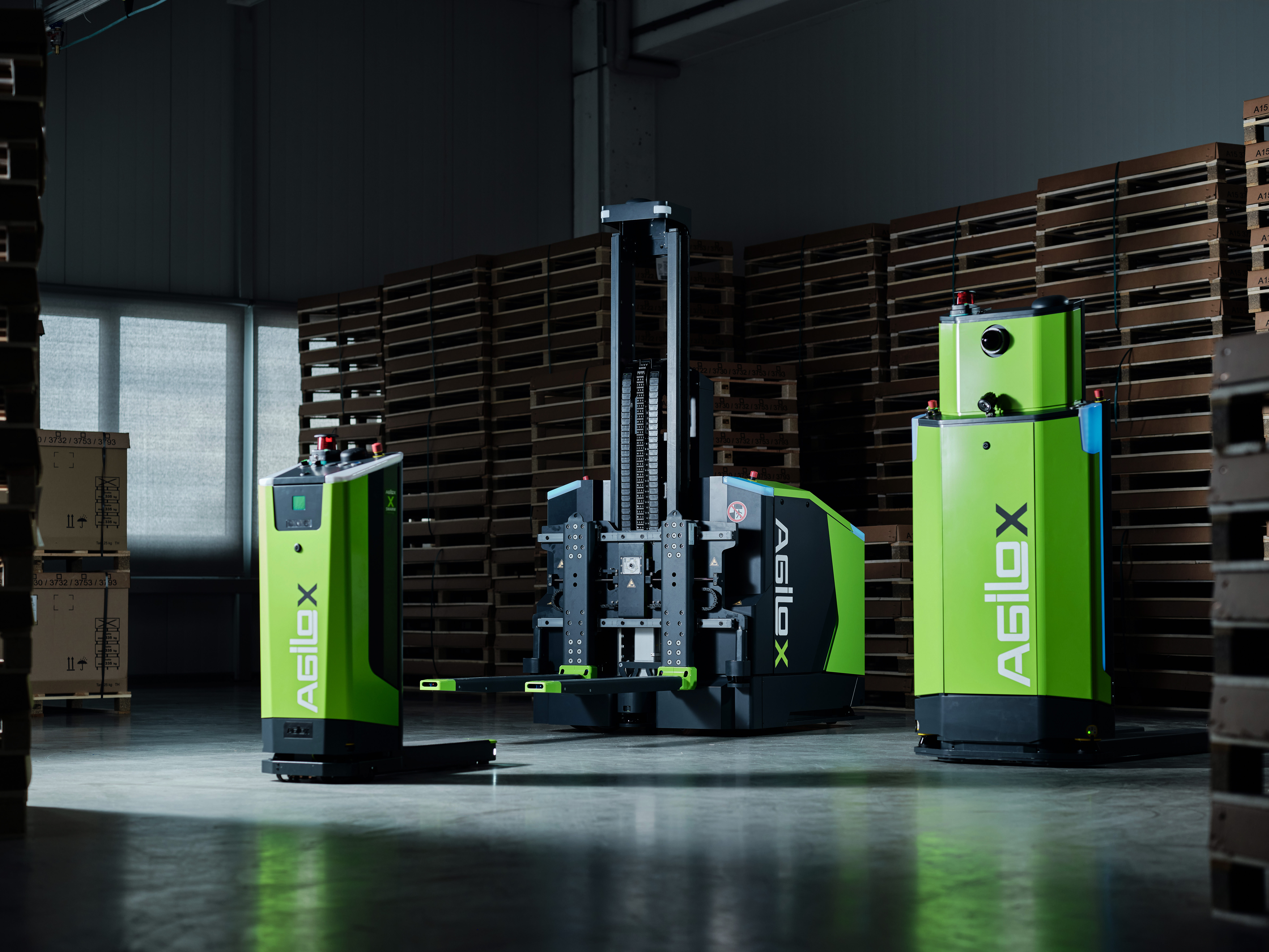The integration of automated and autonomous transport systems brings many decisive advantages - on the one hand for your employees, and on the other hand for you and your company.
How long the integration of AMRs takes - or better - how quickly it can be done, is explained in the summary below.
First, a quick note: To make sure you don't ignore any of the aspects you should consider when switching to and getting started with automated transport systems, you can download a free checklist here. In addition to the current topic, you will find a detailed article on each of the points listed here, which you can access free of charge.
At the center of all the direct and indirect optimization and savings potential is the aspect of "safety", in that AMRs or "Autonomous Mobile Robots" take over those potentially dangerous as well as physically heavy work processes that would otherwise have to be performed by your employees.
The use of one or a fleet of AMRs leads directly to an increase in internal safety standards.
+ There are significantly fewer accidents or physical wear and tear as a result of one-sided and physically heavy activities, which contributes to a reduction in sick leave.
+ Safe working conditions create a noticeably better working atmosphere and increase your appeal as an employer.
+ By taking over the above-mentioned work processes on the AMR side, you can retrain the employees concerned for positions with higher added value and upgrade them internally.
+ Finally, all these factors lead to higher productivity of the company, which results in higher job security and satisfaction on the part of your employees.
For you as a company, the improvements also lead to
+ a significant increase in efficiency
+ significant cost savings
+ a minimization of personnel fluctuation and
+ to future-oriented market advantages due to more flexibility.
Hours or days - How long it takes to integrate AMRs
To make the obvious advantages of AMRs practically usable for your company and your employees as quickly as possible, a decisive point is how quickly the operational start-up of such innovative transport systems can take place. This is an aspect that also has a significant impact on the ROI ("Return of Investment").
Fundamental differences
Unlike inflexible systems such as assembly lines or automatically controlled vehicles such as AGVs - "Automated Guided Vehicles" - which are bound to virtual or physical guidelines, autonomously operating AMRs or "Autonomous Mobile Robots" can determine their route to the destination. In addition, they can be scaled as needed without further complications and expanded and combined into a flexibly operating, interconnected fleet that communicates with each other and can be adapted and recommissioned without delay, even if the basic structures change.
Fast commissioning, simple integration
The times required for commissioning AMRs and integrating other vehicles with the same system into a fleet naturally vary from manufacturer to manufacturer.
The example of the AMRs from AGILOX - a pioneer and market leader in the field of autonomous and technologically highly advanced transport vehicles - is a good illustration of how quickly this can happen and can be backed up with figures.
For the initial on-site commissioning, it is sufficient to steer an AGILOX AMR - for example via smartphone - through the warehouse or production hall. The AMR creates a virtual plan of the current room situation and measures all transport and connecting routes. It is then assigned the task processes that it has to complete.
All in all, this takes less than 12 hours - and not several days or even weeks!
All other AMRs in the fleet then receive a "mirror" of their records and can be put into operation and fully deployed in just 15 minutes(!) without any further effort!
Another enormous technological advantage, especially when it comes to the collaborative cooperation of several AMRs, is the swarm technology that AGILOX AMRs have at their disposal and based on which the vehicles in fleet operation communicate with and among each other, check the current workloads, distribute orders among each other, and transmit information to each other about detected obstacles along the way, which, if necessary, must be avoided using a newly calculated route.
This also makes worries in the event of changes to production lines or warehouse structures a thing of the past, while the comprehensively developed safety technology ensures anticipatory and accident-free cooperation with other person-controlled vehicles and employees.



